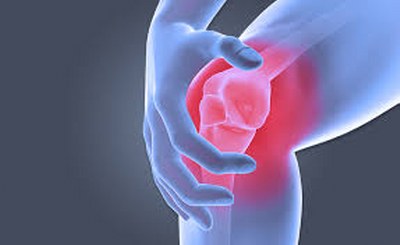Is your lifestyle affecting your bone health?

Photo: IANS
New Delhi: Osteoporosis which means porous bone, is a disease in which the density and quality of the bones deteriorate. As you age, bones become more porous and fragile, which leads to higher risk of fractures. This loss of bone density often occurs silently and progressively.
Osteoporosis is most likely to affect older people, especially women who have already been through menopause. Recent surveys show that women are as much as four times more prone to experience bone loss than men.
Dr. Harish Ghoota, Additional Director-Orthopaedics and Joint Replacement, Fortis Escorts Faridabad underlines few important points regarding bone health and explains how social life can impact it.
Being physically active is vitally important in preventing major diseases, keeping bones healthy and to avoid or minimise the danger of fractures. In contrast, sedentary behaviour (sitting, lying and screen-time, using little or no energy) has negative effects on our overall health, as also on our bone health.
Very few people are aware that calcium is deposited and withdrawn from bones daily. As we grow, bones continue to build up to about the age of 30. We need to, therefore, develop a healthy bone mass while young and continue to make deposits with age, as after our mid-30s, we begin to slowly lose our bone mass. The risk of fracture in a person is decided by the influence of the environment, nutrition and genes in the course of our lifetime, which contributes to bone structure. Functionally, our bones must be strong enough to supply support for the body, yet be sufficiently flexible and lightweight to permit movement.
A major health threat for an estimated 55 per cent of people 50 years and older is that 1 in 2 women and 1 in 4 men in this age group will have an osteoporosis-related fracture.
The new study – whose findings feature in the Journal of Epidemiology & Community Health, has found a surprising link between poor quality social relationships and the presence of bone loss with women aged 50 and above. Studies show that higher social stress leads to negative social interactions and relationships, which in turn affects our body as well. Weaker bones are also connected to lower levels of social activity. Higher social stress is associated with greater bone mineral loss of the total hip and lumbar spine (lower back) area.
Stress occurs when one is unable to cope with a condition. It could be a combination of psychosocial stress events, including loss of positivity, loss of satisfaction with life, that is a sign of bone loss.
Psychosocial stress is a form of stress that some people experience as a result of significant life events or having lower levels of optimism, life satisfaction, or education. Psychosocial stress may increase fracture risk through degradation of bone mineral density. It also alters bone structure and stimulates bone remodelling through dysregulation of hormone secretion, including cortisol, thyroid hormones, somatotropin, and glucocorticoids.
Who is at risk for osteoporosis?
Age: Men and women above 50, as post 30, bone density drops
Gender: Women over the age of 50, who have the greatest risk of developing osteoporosis.
Body weight: Obesity or higher
Family history of recurrent factures and bone related issues
Who should have a bone mineral density test?
All post-menopausal women who suffer a fracture
All post-menopausal women under age 65 who have one or more additional risk factors and post-menopausal women age 65 and over, regardless of additional risk factors
IANS







